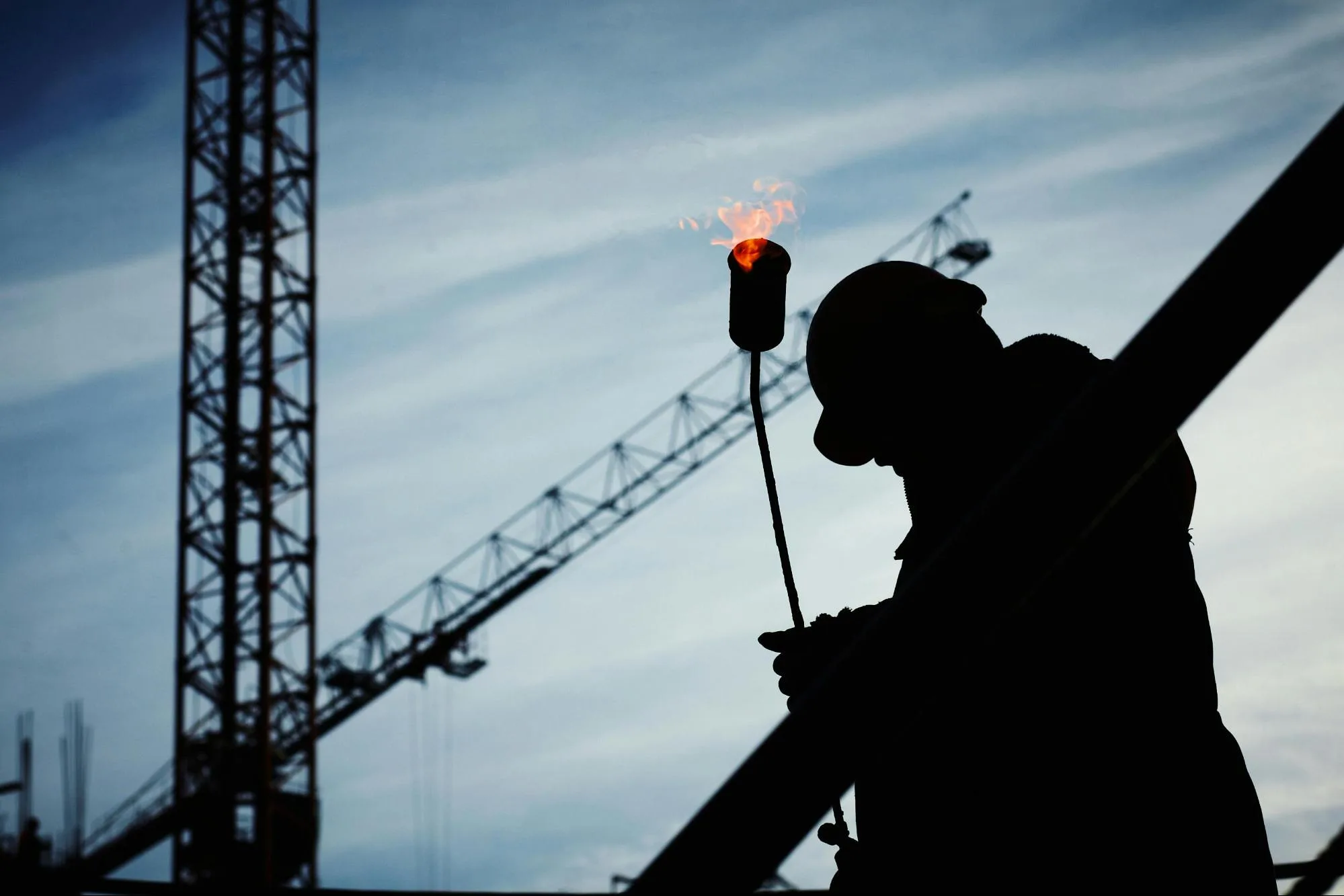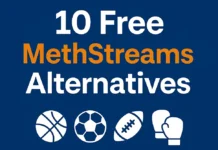
Workplaces are supposed to be safe, but not every job takes place in a comfy cubicle. From towering construction sites to the intense heat of steel mills, some environments present dangers that require special precautions. Protecting workers in these high-risk settings is not only a responsibility—it’s vital.
Assessing Risks
Every job has potential hazards, but some are more apparent. Construction workers face towering heights, while industrial workers contend with heavy machinery. The first step to keep them safe? A thorough risk assessment. Skipping this step is a recipe for disaster. Identifying hazards is the bedrock of any safety plan.
Regularly reassessing these environments ensures that new or overlooked hazards are identified promptly. Work environments are dynamic, with changing equipment and evolving processes. By continually updating risk assessments, businesses can adapt safety protocols to reflect new challenges, providing a barrier against incidents.
It’s important to focus on refining the inspection processes that are foundational to risk assessments. For those seeking guidance on how to ensure workplace safety and compliance, consider exploring how to streamline your safety inspection process. Implementing comprehensive inspection procedures ensures that workplaces remain compliant with safety regulations and are proactive in hazard identification.
Safety Gear and Equipment
Hard hats, goggles, gloves. These aren’t just accessories; they’re shields against harm. Every workplace must provide appropriate gear and ensure workers use it correctly. Invest in high-quality equipment—it’s a small price for saving lives.
Training and Education
Knowledge translates to safety. Workers armed with proper training know how to tackle dangerous situations. This isn’t optional—it’s mandatory. Regular safety drills, workshops, and educational sessions are lifesavers, molding alert and well-prepared individuals.
Encouraging a culture of learning also boosts the morale and confidence of the workforce. When employees feel that their well-being is prioritized through comprehensive training, they become more invested in their safety and the safety of their co-workers, helping to form a united front against hazards.
Organizations that actively incorporate feedback from workers have gone a step further towards fostering a resilient workforce. Worker input can uncover nuances or situations that might otherwise be missed, ensuring that training programs remain relevant and tailored to real-world conditions.
Rules and Protocols
Strict rules are not inconveniences; they’re life-saving steps. Having clear protocols decreases the chance of accidents. Complacency invites danger. Stick to safety rules and adapt them as necessary. Routine checks and an open suggestion system can highlight areas needing improvement.
Ensuring everyone is aware of updates and changes in safety protocols is equally important. This can be achieved through regular information sessions, newsletters, or digital platforms where alterations to guidelines are clearly communicated and easily accessible to all team members.
Effective Communication
The best safety plan is worthless if poorly communicated. Clear signals and instructions are vital. Walkie-talkies, visual signals, and straightforward instructions ensure everyone understands their role in maintaining safety.
Conducting regular team meetings fosters open channels of communication. Encouraging workers to share their observations and concerns in these forums nurtures a supportive environment where everyone feels comfortable contributing to safety protocols, leading to continuous improvement over time.
Communication goes beyond just words; it encompasses gestures, signs, and even the tone used during interactions. Ensuring that both verbal and non-verbal cues are considered and inclusive can bridge communication gaps, particularly in diverse workforces with multiple languages or dialects.
Emergency Responses
Accidents happen. Being unprepared magnifies their impact. Workers should always know the nearest exit and emergency procedures. Drilling till second nature can turn potential tragedies into survivable incidents.
Moreover, establishing a clear chain of command ensures that confusion is minimized during emergencies. Knowing who to report to and checking in with team leaders can smooth the response process, thereby reducing the time and effort needed to manage crises effectively.
Cooperation with external emergency services is an additional layer of preparedness. Developing relationships with local fire departments, medical services, and law enforcement can quicken response times and ensure a coordinated effort during emergencies.
Maintaining Awareness
When safety becomes routine, attention can slip. Don’t let your guard down. Constant reminders, visual cues, and even brief daily safety meetings can rekindle awareness. Always check for potential hazards before they become risks.
Creating a buddy system where workers look out for one another further reinforces a collective vigilance. Paired individuals, responsible for ensuring each other’s adherence to safety practices, foster a supportive community that places shared responsibility over individual complacency.
Mindfulness at the workplace doesn’t only pertain to physical safety; it also involves mental and emotional well-being. Taking the time to address the holistic aspect of worker health can greatly reduce distractions and improve focus on safety responsibilities.
Conclusion
Protecting workers in perilous jobs isn’t an option—it’s an obligation. A proactive approach combining assessment, training, clear communication, appropriate gear, and vigilance can prevent tragedies. As industries evolve, so must our commitment to safety. Recognize risks, respect protocols, and most importantly, never underestimate the power of preparation.



